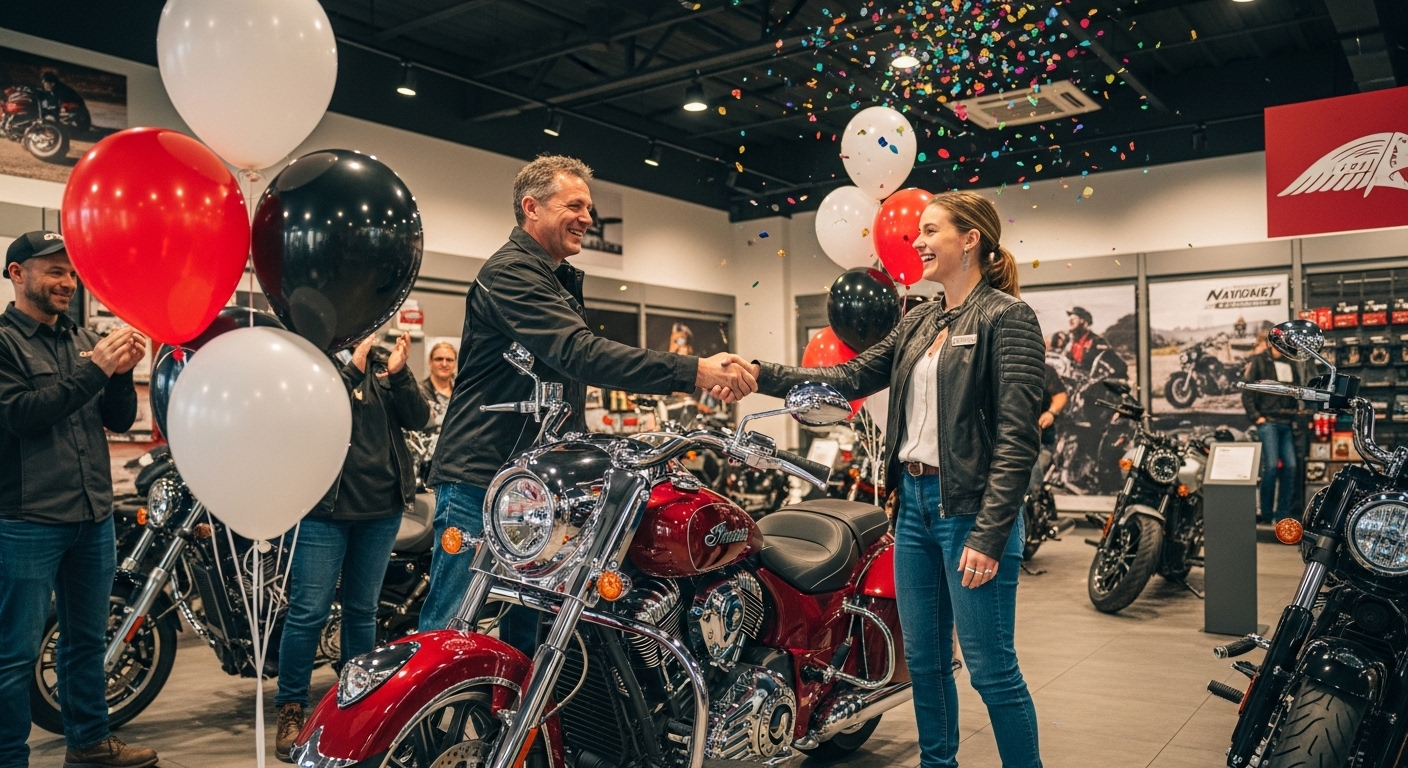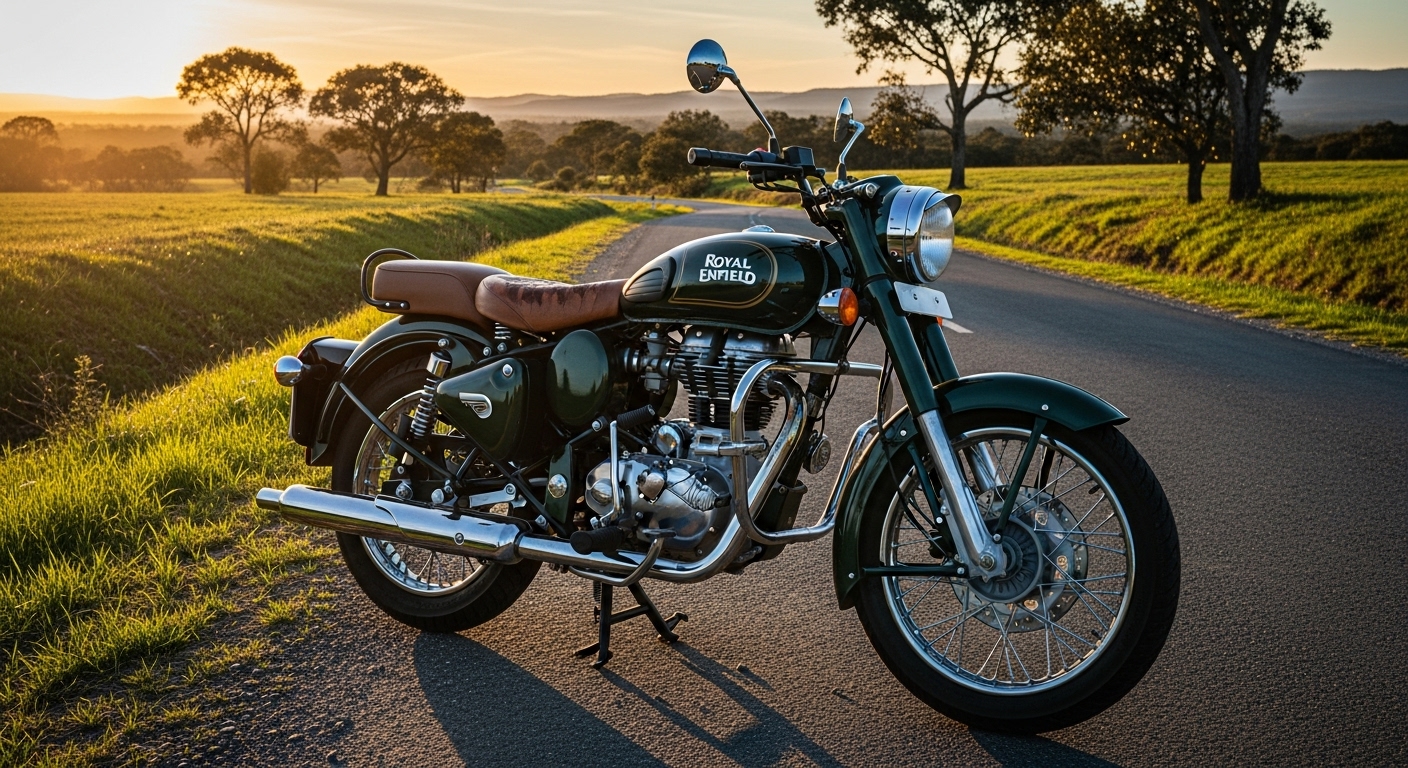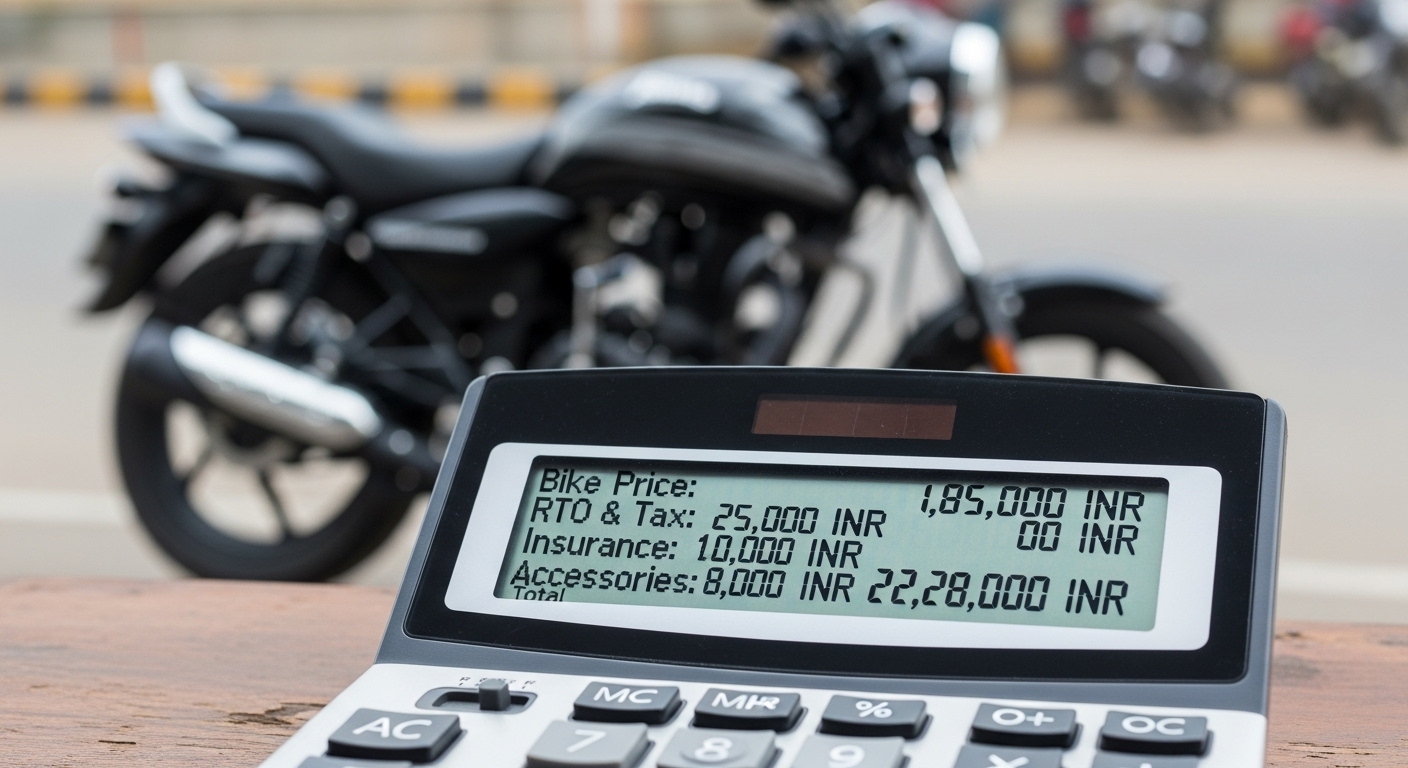So, you're dreaming of hitting the open road, feeling the wind in your hair, and zipping through city traffic with ease. The only question is: should you invest in a sparkling new motorcycle straight from the showroom, or pick up a well-loved pre-owned machine that promises more bang for your buck? It's a classic Indian dilemma, isn't it? Every chai stall discussion, every family gathering, someone's bound to ask – 'Nayi leni chahiye ya second hand?'
The choice between a new and used bike isn't just about the price tag; it's about priorities, peace of mind, and ultimately, what makes the most sense for your lifestyle and wallet. Let's rev up and explore both sides of this exciting coin!
The Allure of Owning a Brand New Bike

There's something undeniably magical about a brand new bike. The fresh paint, the untouched odometer, the factory smell – it's an experience. For many Indian buyers, a new bike represents a significant milestone, a dream come true. But beyond the emotional appeal, there are tangible benefits too.
- Peace of Mind: No hidden defects, no unknown history. You're the first owner, and you know exactly what your bike has been through (or rather, hasn't).
- Warranty Coverage: Most new bikes come with a manufacturer's warranty, usually for 2-5 years or a certain mileage. This means any major manufacturing defects are covered, saving you from potentially hefty repair bills.
- Latest Technology & Features: New models often boast improved engines, better fuel efficiency, ABS, LED lighting, digital instrument clusters, and smartphone connectivity. Think of the latest Bajaj Pulsar or TVS Apache models – they're packed with tech!
- Financing Options: Banks and dealerships offer attractive financing schemes with lower interest rates and flexible EMIs for new bikes, making them more accessible.
- Resale Value: While bikes depreciate, starting with a new model means you'll usually get a better resale value compared to buying a used bike and then trying to sell it further down the line, assuming good maintenance.
The Practicality and Value of a Used Bike

Now, let's talk about the smart shopper's choice: the used bike market. India's pre-owned bike segment is booming, offering incredible variety from daily commuters like the Hero Splendor to premium sports bikes and cruisers. The biggest draw? The price!
- Significant Savings: This is the undisputed champion of reasons. A bike loses a chunk of its value (depreciation) the moment it rolls out of the showroom. Buying a 1-3 year old bike means someone else has absorbed that initial depreciation hit, allowing you to buy a higher segment bike for the price of a new entry-level one.
- Lower Insurance Costs: Insurance premiums are generally lower for older vehicles, translating to more savings annually.
- No Waiting Period: Get your hands on your desired model instantly, without waiting for allocations or deliveries.
- Wider Selection within Budget: Your budget for a new commuter might land you a 2-3 year old premium segment bike like a Royal Enfield Classic 350 or a KTM Duke, which might otherwise be out of reach.
- Proven Reliability: Many popular models have proven their mettle over years. A well-maintained used bike from a reputable model (like a Honda Shine or a TVS Jupiter) is often as reliable as a new one.
As the saying goes in India, 'Paisa bachao, aur kamao!' (Save money, and earn more!). A used bike can free up funds for gear, accessories, or even fuel for your adventures. — Common Indian Proverb
Key Factors to Consider Before You Buy
Whether new or used, a bike is a significant investment. Here's what you should ponder over a cup of strong filter coffee:
Cost of Ownership
- Initial Purchase Price: New bikes are obviously pricier. Used bikes offer flexibility but require careful negotiation.
- Insurance: New bikes have higher premiums. Used bikes typically have lower premiums.
- Maintenance: New bikes come with free services initially, but overall parts and labour costs might be slightly higher for newer tech. Used bikes might require immediate servicing depending on their condition, but common models have affordable parts.
- Road Tax & Registration: Same for both (based on engine capacity, state) at the time of initial purchase. For used bikes, transfer charges apply.
Depreciation
This is where used bikes shine. A new bike loses 10-20% of its value in the first year alone! By buying used, you let someone else take that initial hit. Over 3-5 years, both new and used bikes will continue to depreciate, but the curve is steeper for the new one at the beginning.
Maintenance and Reliability
- New Bikes: Guaranteed reliability, manufacturer warranty. Follow service schedules to maintain warranty.
- Used Bikes: Reliability depends entirely on previous owner's maintenance. Always insist on service records. A thorough inspection by a trusted mechanic (`mistri`) is non-negotiable before buying a used bike. Look out for common issues like worn-out tyres (around ₹2,000-₹5,000 for a pair), brake pads (₹500-₹1,500), or clutch plates (₹1,000-₹3,000).
Documentation and Transfer
- New Bikes: Hassle-free. Dealership handles all RTO paperwork.
- Used Bikes: Requires careful verification of RC book, pollution certificate (PUC), insurance, and valid ID proofs of the seller. Ensure proper transfer of ownership at the RTO to avoid future legal complications. This can seem daunting but is crucial.
Crunching the Numbers: A Hypothetical Scenario

Let's consider a popular 150cc commuter bike, like the Bajaj Pulsar 150 or Hero Xtreme 160R, in Delhi.
- New Bike: On-road price might be around ₹1.30 - ₹1.45 Lakhs. Let's say ₹1.35 Lakhs. You get warranty, latest features, and peace of mind.
- Used Bike: A 2-3 year old model of the same bike, with 15,000-25,000 km on the odometer, could be found for ₹70,000 - ₹90,000. Let's say ₹80,000. You save approximately ₹55,000 upfront! Even if you spend ₹10,000-₹15,000 on immediate servicing, new tyres, and RTO transfer, you're still saving a significant amount. This saving could be a significant down payment for a car, or simply more money in your travel fund!
Making the Right Choice for You
Ultimately, the 'better value' depends on your individual circumstances. Here’s a quick guide:
- Choose NEW if: You have the budget, prioritize warranty and latest features, want zero fuss with history, and value the prestige of being the first owner. You also prefer easier financing options.
- Choose USED if: You're on a tight budget, want to save significantly, are comfortable with a thorough inspection process, or aspire for a higher-segment bike that would otherwise be out of your price range. You are prepared to handle some paperwork and potential immediate maintenance.
No matter your choice, eAuto is here to support your journey. Whether it's genuine spare parts for your new ride or accessories to personalize your pre-owned gem, we've got you covered!



